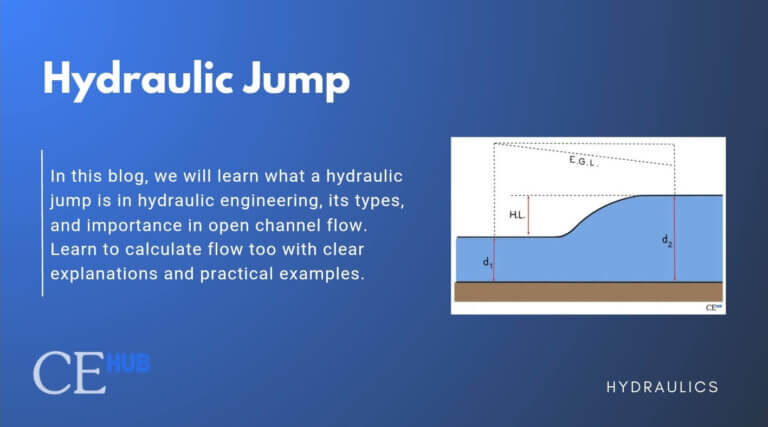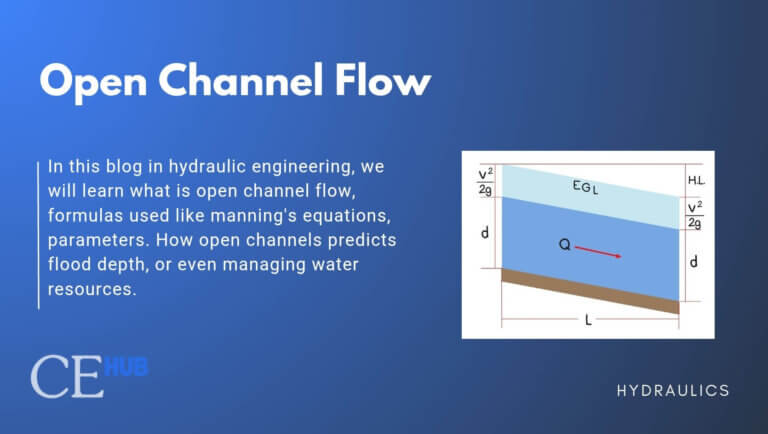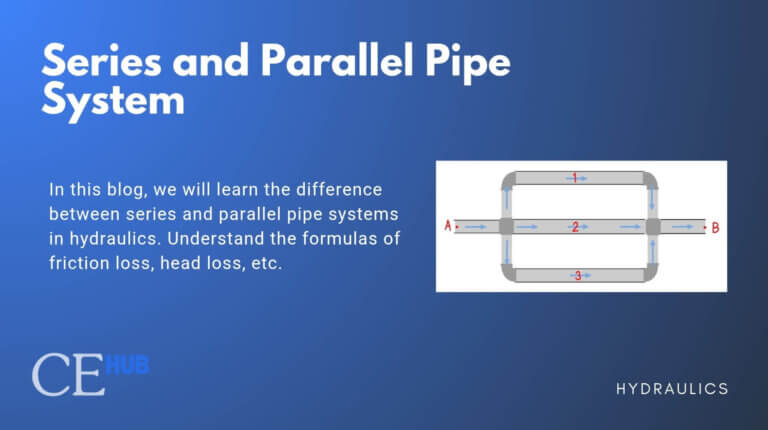Froude number in Open Channel Flow
Introduction
In the study of open-channel hydraulics, few dimensionless parameters are as fundamental and revealing as the Froude number. Named after William Froude, a 19th-century naval architect, this parameter serves as the gateway to understanding flow behavior in rivers, canals, spillways, and any other situation where water flows with a free surface. The Froude number not only classifies flow regimes but also determines how disturbances propagate, how flow responds to changes, and ultimately how engineers must design and analyze hydraulic structures.
The Reynold’s Number: A quick comparison
If you remember Reynold’s Number, another dimensionless number, it compares the intertial forces to viscous forces in a fluid. It tells us whether viscosity dominates the flow behaviour or not.
For example, a honey flowing from a spoon has a low Reynold’s Number therefore viscosity dominates it. But if you mixed that same honey vigorously with a powerful mixer, you could theoretically achieve turbulent flow with a high Reynolds number. The Reynolds number gives us a relative measure specific to viscosity.
The Froude number works similarly, but instead of viscosity, it compares flow speed to wave speed.
Understanding the Froude Number in Open Channel Flow
Froude Number
![]()
![]() 6
6
![]() F_r=1$
F_r=1$
![Rendered by QuickLaTeX.com \[F_r=\sqrt{\frac{Q^2B}{A^3g}}\]](https://civilengghub.com/wp-content/ql-cache/quicklatex.com-a0a3937409664a0efcca00fffc78ff4c_l3.png)
Supercritical flow (Fr > 1): The water moves faster than waves can propagate. This is fast, shallow flow where disturbances get swept downstream immediately.
Subcritical flow (Fr < 1): The water moves slower than wave speed. This is slow, deep flow where waves can actually travel upstream against the current.
Critical flow (Fr = 1): The flow speed exactly matches wave speed. Interestingly, flows “don’t like” being critical and transition through this state as quickly as possible.
The Froude number is fundamentally defined as the ratio of a characteristic velocity to a characteristic wave speed:
*** QuickLaTeX cannot compile formula:
\[F_r=\frac{V}{\frac{sqrt{gL}}\]
*** Error message:
File ended while scanning use of \frac .
Emergency stop.
Where:
V = representative velocity scale
L = representative length scale
g = gravitational acceleration (9.81 m/s²)
Open Channel Flow Definition
Open channel flow is the movement of water through a channel where at least one surface (the top) is exposed to atmospheric pressure. The driving force is gravity, not pressure from a pump or reservoir above. Water flows downhill because it’s pulled by gravity, not pushed by pressure.
Check full open channel flow blog
*** QuickLaTeX cannot compile formula:
\[F_r=\frac{V}{\frac{sqrt{gd}}\]
*** Error message:
File ended while scanning use of \frac .
Emergency stop.
where:
V = average flow velocity over the cross-section
g = gravitational acceleration
d = mean depth (characteristic length scale)
Critical Conditions
Critical Flow occurs when the Froude Number is exactly 1.
General Formula
![]()
Rectangle
![]()
What is Critical Slope?
Critical slope is the channel bed slope at which uniform flow occurs at critical depth for a given discharge. It’s the boundary between mild slopes (which produce subcritical uniform flow) and steep slopes (which produce supercritical uniform flow).
Think of critical slope as the steepness that perfectly balances friction losses with gravitational acceleration, resulting in critical conditions. Flatter than this, and friction dominates, creating deep, slow flow. Steeper than this, and gravity dominates, creating shallow, fast flow.
![]()
where:
Critical Velocity
![]()
Why the Froude Number Matters
The Froude number isn’t just a number. Its significance are widely used in open channel flow dynamics. Phenomena like hydraulic jumps where flow suddenly transitions from shallow and fast to deep and slow, depend entirely on Froude number transitions. Understanding whether a flow is supercritical or subcritical is crucial for designing channels, predicting flood behavior, and managing water resources.
References:
Chaudhry, M. H. (2008.). Open-Channel Flow (2nd ed.).







